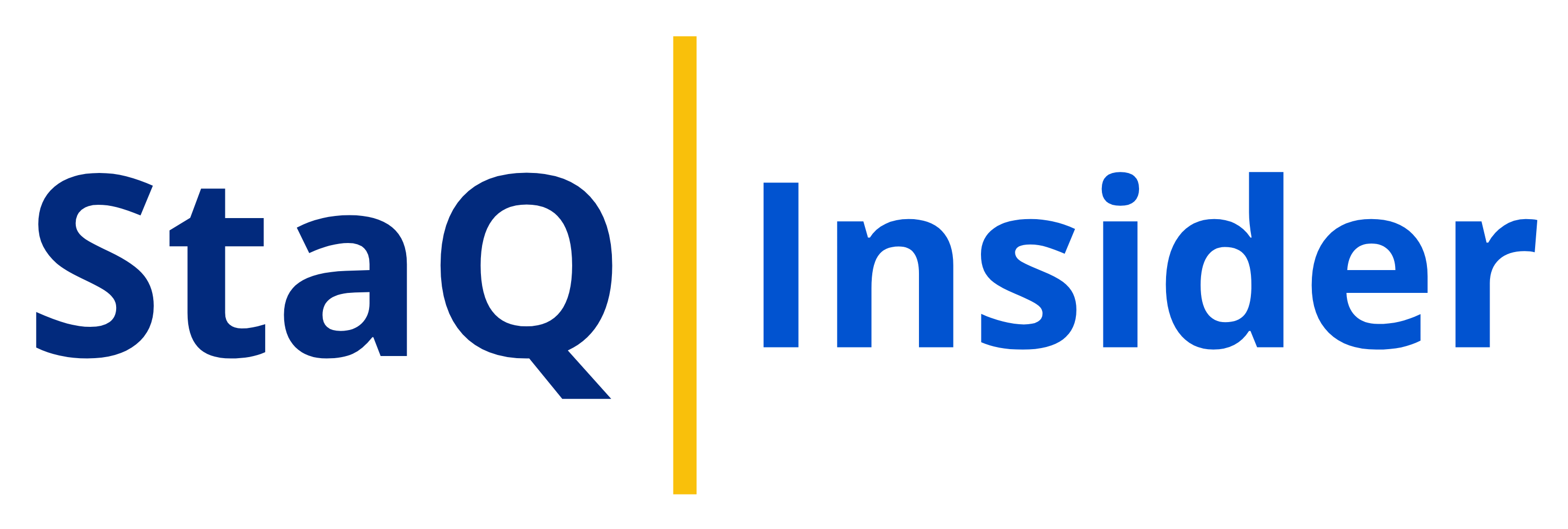If you’ve ever been tasked with choosing new software for your company, you know the feeling: that overwhelming moment when you realize there are 50+ options that all seem to do the same thing. Your inbox is flooded with vendor emails, your calendar is packed with demos, and somehow, you’re still not sure which solution is right for your team.
Don’t worry – you’re not alone. After helping dozens of companies streamline their software selection process, I’ve discovered something interesting: the best approach is often the simplest one.
The Problem with Traditional Software Selection
Let’s be honest for a moment. The traditional way of selecting software is broken. You know the drill: create a massive spreadsheet of requirements, sit through endless demos, and still end up confused about which option is best. It’s time-consuming, frustrating, and often leads to decision paralysis.
What if there was a better way?
A Fresh Approach: Start with the Problem, Not the Solution
Here’s a story that might sound familiar. Last month, I worked with a marketing team that needed new project management software. Instead of starting with vendor research, we tried something different. The team spent one hour recording their biggest daily frustrations on sticky notes.
The result? Three clear problems emerged:
- Projects were getting delayed because approvals were scattered across email, Slack, and meetings
- Team members were spending 2 hours daily updating project status in different systems
- Budget tracking was a nightmare spread across multiple spreadsheets
This simple exercise did something powerful: it shifted the focus from “which software has the most features?” to “which software solves our actual problems?”
The Power of Real-World Testing
Here’s where things get interesting. Instead of traditional demos, we asked vendors to show us how their software would solve these specific problems. No generic presentations, no fancy slide decks – just practical solutions to real issues.
One vendor particularly stood out. Instead of a standard demo, they asked for:
- A sample project workflow
- Current approval process documents
- A copy of the budget tracking spreadsheet
Then they showed exactly how their tool would streamline these processes. The difference was striking. While other vendors talked about features, this one demonstrated solutions.
Making the Decision Simple
The breakthrough came when we created a simple decision framework. Instead of a complex scoring system, we asked three questions:
- Does it solve our core problems?
- Can our team learn it quickly?
- Does it fit our budget?
This clarity helped cut through the noise and made the decision surprisingly straightforward.
Practical Tips You Can Use Today
If you’re currently wrestling with software selection, here are some proven approaches that work:
1. Start with Why
Before looking at any software, get your team in a room and answer one question: “What problems are we trying to solve?” Be specific. Instead of “we need better project management,” try “we need to reduce project approval time from 5 days to 1 day.”
2. Test Drive with Real Work
Don’t settle for canned demos. Give vendors one of your actual daily tasks and ask them to show how their tool handles it. The insights from this simple exercise are often more valuable than hours of formal presentations.
3. Check the Support Experience
The response will tell you more about the vendor’s support quality than any SLA document.
The Human Side of Software Selection
Remember, at its core, software selection isn’t about features or specifications – it’s about people. The best solution isn’t always the one with the most features; it’s the one your team will actually use.
A small marketing agency recently chose a simpler, less feature-rich tool over a more powerful competitor. Why? Because their team loved using it. Six months later, their project delivery time had dropped by 40%, not because the software was more sophisticated, but because people actually enjoyed using it.
Moving Forward
The next time you’re faced with a software decision, try this approach:
- Define your problems clearly
- Test with real scenarios
- Focus on user experience
- Make the decision with confidence
Remember, the goal isn’t to find perfect software – it’s to find software that makes your team’s life easier and your work more efficient.
Closing Thoughts
In the end, successful software selection isn’t about comparing endless feature lists or sitting through countless demos. It’s about understanding your real needs and finding a solution that fits your team’s way of working.
The best part? When you focus on solving real problems instead of checking feature boxes, the right choice often becomes surprisingly clear.




